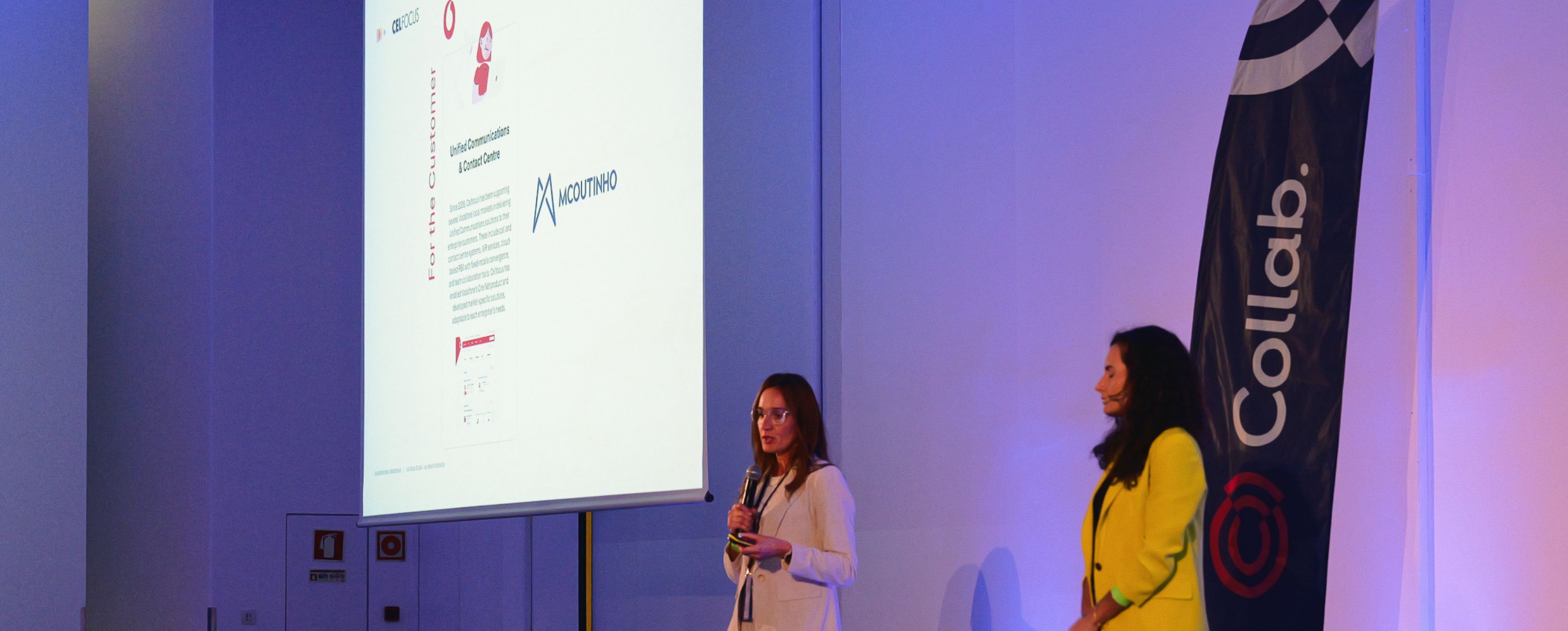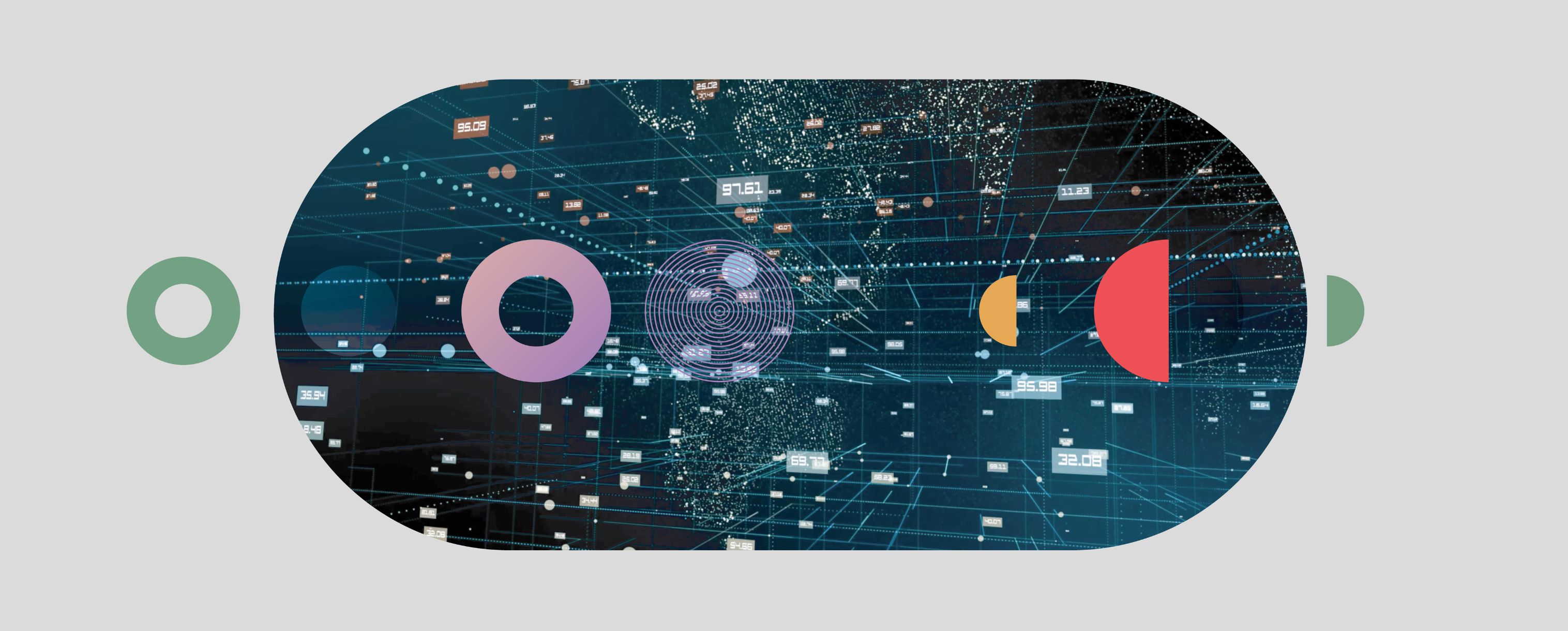|---Module:text|Size:Small---|
Up to the 60’s, companies were mostly paying attention to the product they were selling, rather than to their customers. By the 70’s, companies realised that to get an edge against the competition, customer satisfaction was a necessity and a powerful marketing tool. Following the focus on customer satisfaction, Customer Relationship Management (CRM) appeared. Initially with customer surveys and later with Customer Management Systems, leveraging on analytical tools provided by computer sciences.
Throughout the 90’s, managing customers became a primary goal for companies, resulting in the appearance of CRM systems such as Siebel and Clarify. Since it costs 5-7 times more money to acquire a new customer than keeping an existing one, all main companies started CRM projects through the 00’s. After all, there is a correlation between higher customer experience ratings with more loyal, profitable consumers and increased sales.
After building the core CRM capabilities (managing all interactions with existing and potential customers, such as contacts, queries and complaints), companies quickly expanded to the other sub-areas of CRM, such as Campaign Management Systems or even Sales Force Automation areas. But all the areas were focused on customer retention, not so much on the customer experience. Customers had to adapt to the companies processes and not the other way around. Although CRM is a valuable tool to manage customers, it lacks the capacity to manage the customer journeys.
Throughout the 10’s, results were no longer companies’ unique purpose: they began to consider their customers’ experience, as customers began to value not only the product itself but the whole experience around it, including support, transparency and easy access to services. With the explosion of mobile apps, customers became even more empowered. This made a shift in the companies’ marketing department.
Customer Journey Mapping (CJM) was idealised in the late 90’s. Throughout the 00’s, all customer-related topics fell under CRM realm. But CRM was built for Operational Excellence – not for Customer Experience –, so there was a moment in which it was no longer possible to set up a proper Customer Journey Mapping using CRM without breaking most of the CRM architecture. In the 10’s, Customer Journey Mapping platforms began to appear, but IT Departments did not see much value in them. Although it is a concept cherished by Marketing, it was only this year that most of the IT Departments started to provide the proper attention to Customer Journey Mapping.
|---Module:image|Size:Small---|

|---Module:text|Size:Small---|
Unlike CRM, which was designed for internal processes and focused on the Digital Operational Excellence – and then extended to customers –, CJM is focused on the Digital Customer Experience. It maps the customer needs into a process and then integrates it with the company architecture.
As described above, whatever customers journeys companies had, these were implemented in the corresponding channels and, at most, were centralised in the CRM system. For that reason, some experts describe a migration from CRM to CJM. This also prevents companies to provide an omnichannel solution, which is one of the primary objectives of CJM platforms.
Although CRM and CJM correspond to different (but complementary) realms, due to historical reasons, there were customer processes implemented in CRM. That is why some experts discuss the concept of migration CRM to CJM. Actually, this should not be seen as a migration, but rather as a customer process implemented in CJM that has done what was initially built for, i.e., manage internal processes.
Our view on CJM platforms is that these platforms should allow businesses to define an omnichannel experience to all customer journeys and IT to implement these journeys. The CJM platform should then be integrated in the company architecture to subscribe and provision what is required for that specific journey in the back-end systems. The CJM will become part of the architecture as an additional layer between the customer and the company systems.





















